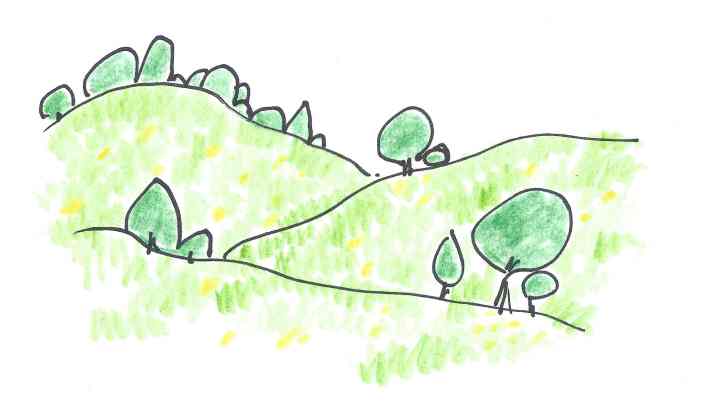It’s beyond words, the massacre of nine Black church members by a white gunman in Charleston, S.C. last week. Beyond words, the forgiveness the victims’ families and community showed the shooter. Words fail to express the tragedy of their deaths, the terror of that racist violence. They fail to express, too, the unshakeable resolve of the Emanuel African Methodist Episcopal Church. But perhaps words can bring us some understanding–and they will be critical, of course, if we are ever going to properly address the problem of racism.
*Bheidh-
For this event, I am particularly struck by two words: Confederate and faith. They seem to be at two opposite ends of the pole–literally. Clutched by the shooter as a symbol of white supremacy in photographs released since his arrest, the Confederate flag flies over the South Carolina Capitol, sharing a sky with the cross, symbol of the Christian faith, atop Mother Emanuel, whose historic doors still welcomed worshippers this past Sunday.
Confederate is best known for the Confederate States of America during the Civil War. In English, the word is much older. The OED first cites it in the late 14th-century, referring to people “united in a league or alliance.” The term comes from the Latin confoederāre, which joins con- (“with,” “together”) and foedus, a “treaty,” “charter,” “league,” or “compact.” Many who brandish the Confederate flag still feel the federal – also derived from foedus, as with federation – is their foe. Federal was originally a theological term, characterizing a covenant with God, it is interesting to note.
Via French, faith also comes from Latin: fidēs, a word as versatile as its English descendant and meaning, “faith,” “trust,” “belief,” among many others. Bona fide, semper fideles, and affidavit are directly lifted from it. Also derived are confidence, fidelity, and defiance (literally, “to renounce faith”), which is today used positively to describe, say, the steadfast refusal of the AME Church to empty its pews and let racism and violence prevail. Fiduciary, too, points to the ways in which the value of paper currency is something held in trust.
Yet, in one of those illuminating ironies of etymology, confederate and faith are rooted in a common source, according to Indo-European scholars: *bheidh-: “to trust.” English also gets bide, abide, and abode from this root. About this root the American Heritage Dictionary of Indo-European Roots observes: The root “is noteworthy in that its descendants in several Indo-European daughter languages refer specifically to the mutual trust on which covenants and social contracts must stand in order to be binding.” Between people, trust builds unions. But between groups of people, when we come to place our trust in radically different ideas, trust divides houses–in this case, brutally taking down nine lives. Trust can bring us together, but it’s going take a lot more than just trust to hold it together.
m ∫ r ∫


